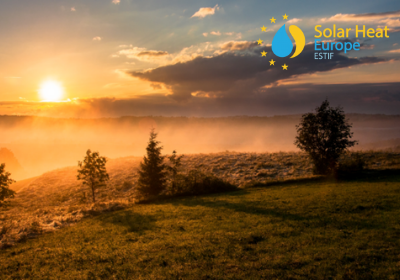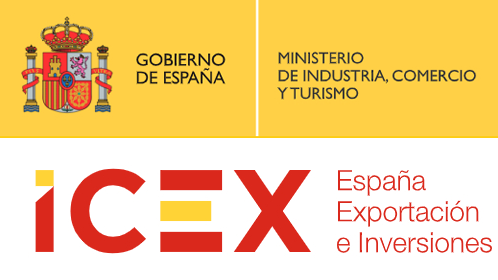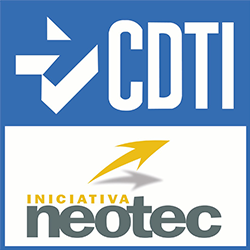Renewable Energies: everything you need to know
Today, the concept of “renewable energies” is heard in the speeches of our politicians, but also of our scientists, as the solution to the challenge of climate change. In order to better understand this concept, we propose to find out what it consists of.
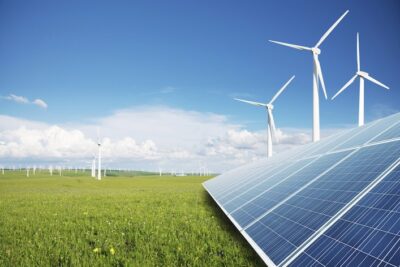
What is a renewable energy?
Renewable energies (RE) refer to a set of means of producing energy from theoretically unlimited sources or resources, which are available without time limit or can be replenished faster than they are consumed.
Renewable energies are opposed to so-called fossil energies, whose stocks are limited and non-renewable on a human timescale. We are talking about oil, coal or natural gas, for example. Renewable energies, on the other hand, are produced from natural sources that are unlimited on the human time scale, such as the sun’s rays or the wind.
In common parlance, renewable energy is often referred to as “green energy” or “clean energy” because of its low environmental impact. In fact, their exploitation generates very little waste and polluting emissions and their energy power is much lower than that of non-renewable energies. This is what makes them an important and key element in strategies to combat global warming.
What are the different types of renewable energies?
In general, renewable energies come from two major natural sources: the sun and the earth. From 2,000 metres above sea level to 2,000 metres underground, from the sky to the depths, there are different types of renewable energies.
Wind energy
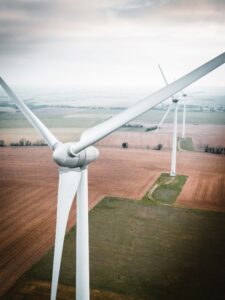 The ancestors of wind turbines are windmills. Wind turbines produce energy from the movement of air masses. They harness the kinetic energy of the wind. The wind solution is currently the most widely used in Europe.
The ancestors of wind turbines are windmills. Wind turbines produce energy from the movement of air masses. They harness the kinetic energy of the wind. The wind solution is currently the most widely used in Europe.
Wind turbines can be installed on land. These are so-called onshore wind turbines. These are technically the easiest to imagine. Even if the space that can be reserved for them could be quickly exhausted. And the most efficient could be wind turbines installed at sea, which are called offshore wind turbines.
Wind energy is an intermittent energy. Wind turbines only produce when the wind is blowing. However, unlike solar panels, it can be difficult to install a wind turbine in the garden. This technology is best suited for large-scale installations.
Wind turbines are starting to gain height, as researchers are thinking about how to harness the winds at altitude, which are 5 times more powerful than on land. For example, a turbine in a helium-filled balloon will be launched in the skies above Fairbanks, Alaska, to capture winds at altitudes of more than 300 metres.
Hydropower
 The term hydropower refers to energy that can be obtained by harnessing water. A category of energy that is less subject to climatic conditions, but still reserved for large-scale production. Hydropower includes:
The term hydropower refers to energy that can be obtained by harnessing water. A category of energy that is less subject to climatic conditions, but still reserved for large-scale production. Hydropower includes:
- Dams that release large quantities of water over turbines to produce electricity.
- Tidal energy, which uses the potential energy of the tides, an energy linked to the differences in water levels and the currents they induce.
- Hydropower, which harnesses ocean currents.
- Wave energy, which is based on the kinetic energy of waves and swells.
- Thermal energy, which can be derived – taking care not to disrupt the natural flow of the seas – from the difference in temperature between deep and shallow water.
- Osmotic energy, which generates electricity from the difference in pressure between seawater and freshwater due to the difference in salinity.
Biomass
 Biomass can be converted into a source of heat, electricity or fuel. Various techniques can be used to extract energy from it: combustion, gasification, pyrolysis for example. It includes:
Biomass can be converted into a source of heat, electricity or fuel. Various techniques can be used to extract energy from it: combustion, gasification, pyrolysis for example. It includes:
- It can produce heat, electricity or biofuels (hydrolysis of cellulose into glucose and subsequent fermentation into ethanol).
- Biofuels, liquid or gaseous, derived from the transformation of plants such as rapeseed or sugar beet (1st generation), cellulosic materials (2nd generation) or microorganisms such as microalgae (3rd generation).
It should be noted that biomass can only be considered a renewable energy source if its regeneration is greater than its consumption.
Geothermal energy
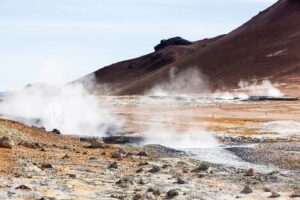 Geothermal energy is a form of renewable energy that comes from the extraction of energy from the ground. This heat is essentially the result of the radioactive decay of fissile atoms contained in rocks. It can be used for heating, but also for electricity generation. It is one of the only energies that does not depend on atmospheric conditions.
Geothermal energy is a form of renewable energy that comes from the extraction of energy from the ground. This heat is essentially the result of the radioactive decay of fissile atoms contained in rocks. It can be used for heating, but also for electricity generation. It is one of the only energies that does not depend on atmospheric conditions.
However, it depends on the depth at which it is drawn. Deep geothermal energy, at about 2,500 metres and between 150 and 250 °C, is used to produce electricity. Medium geothermal energy in water reservoirs, mostly from 30 to 150°C, supplies district heating networks. Very low-consumption geothermal energy, between 10 and 100 metres deep and below 30°C, is used by heat pumps.
However, it must be borne in mind that for geothermal energy to remain sustainable, the rate at which this heat is extracted must not exceed the rate at which it travels within the Earth.
Researchers are thinking of further exploiting the depths of the Earth by tapping into the ….. Magma! Magma is in fact molten material from the Earth’s core. For so-called volcanic countries, it is a source of energy with a very high and more concentrated potential than simple geothermal energy.
Solar energy
Solar energy is the energy supplied by the Sun. Generally speaking, solar energy is produced by the sun’s rays. There are different ways of using this energy. Currently, photovoltaic solar energy is the best known. Photovoltaic energy produces electricity and only electricity from solar radiation. Another means of harnessing solar energy is thermal energy, the principle of which is to produce and supply hot water using the sun’s rays.
However, there is a means of exploitation that combines these two: hybrid. Hybrid technology consists of simultaneously producing electricity and hot water using solar resources. Currently, aHTech’s hybrid technology is the most advanced on the market and offers the highest rate of profitability and efficiency on the market: 89% efficiency.
Renewable energies in the world
The latest report from the International Energy Agency, published in April, brought very good news and some very pleasant surprises. Indeed, the report shows that renewables have experienced incredible growth in 2020, a growth not seen for two decades.
Some 280 GW of additional renewable energy capacity came online in 2020, 45% more than the new additions recorded in 2019, the IEA reports, which is equivalent to the total capacity of the ten Southeast Asian countries in ASEAN. This historic annual increase, the largest since 1999, is driven by an increase of 114 GW of wind capacity, almost double that in 2019 (+90%) and by China.
Although the IEA expects CO2 emissions to rise in 2021 “due to a parallel increase in coal use”, it believes that the 2020 growth rate “will become the new norm, with some 270 GW of renewable capacity to be added in 2021 and almost 280 GW in 2022, despite a slowdown in China”. Wind growth is expected to slow slightly in 2021 and 2022, while solar “will continue to break records”, according to the agency.
Share this article on your social networks
Subscribe our Newsletter!
External news
Featured Post
Recent Posts
Related Posts…
Write us, we will answer you as soon as possible.
Responsible for the data: Abora energy S.L.
Purpose: Sending emails with news and offers.
Legitimation: Your expressed consent.
Recipient: Subscribers’ list in Mailchimp.
Rights: Access, rectification, elimination, anonymity, portability and forgetting data.





